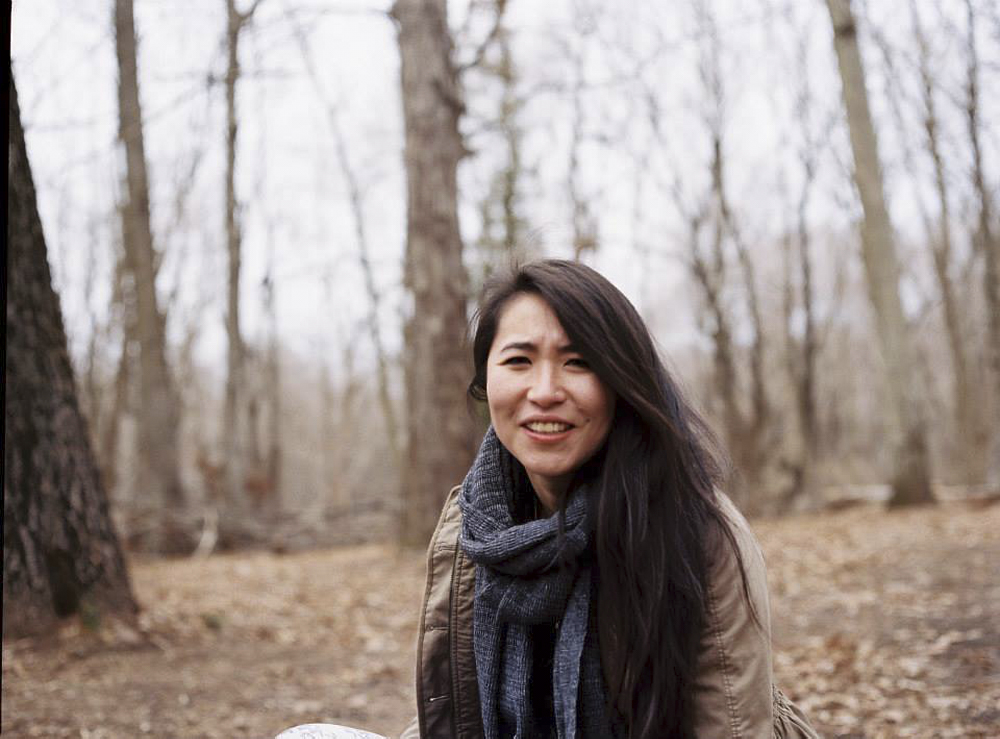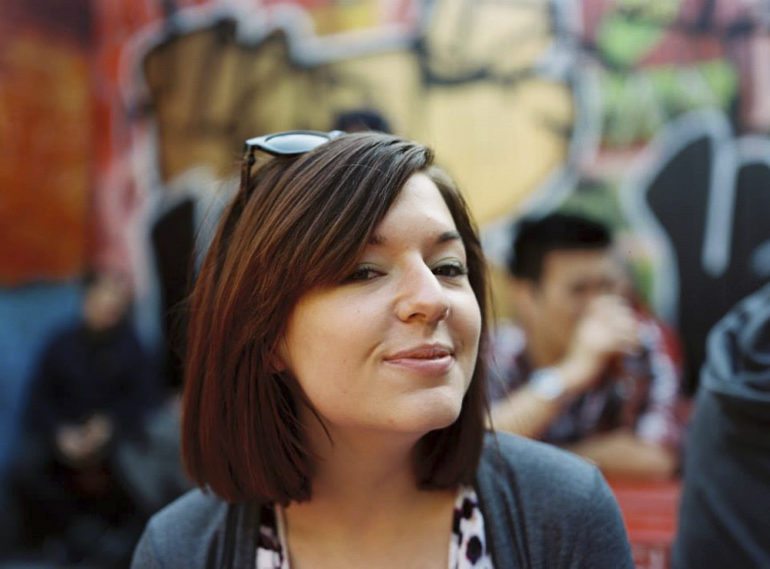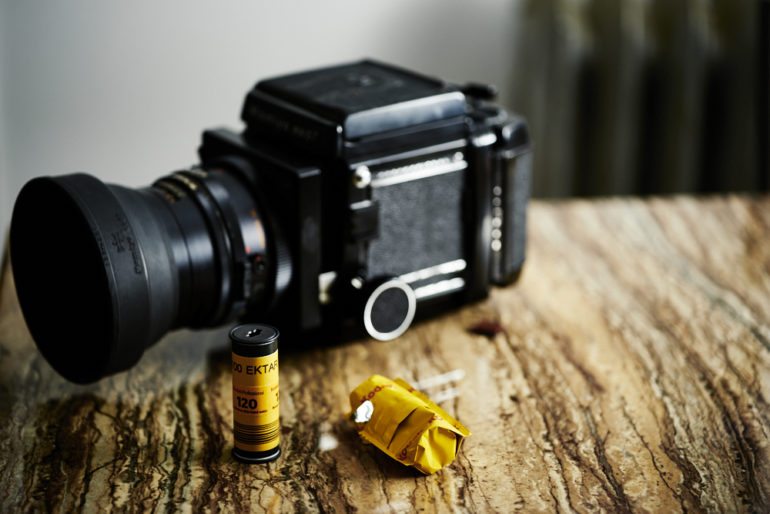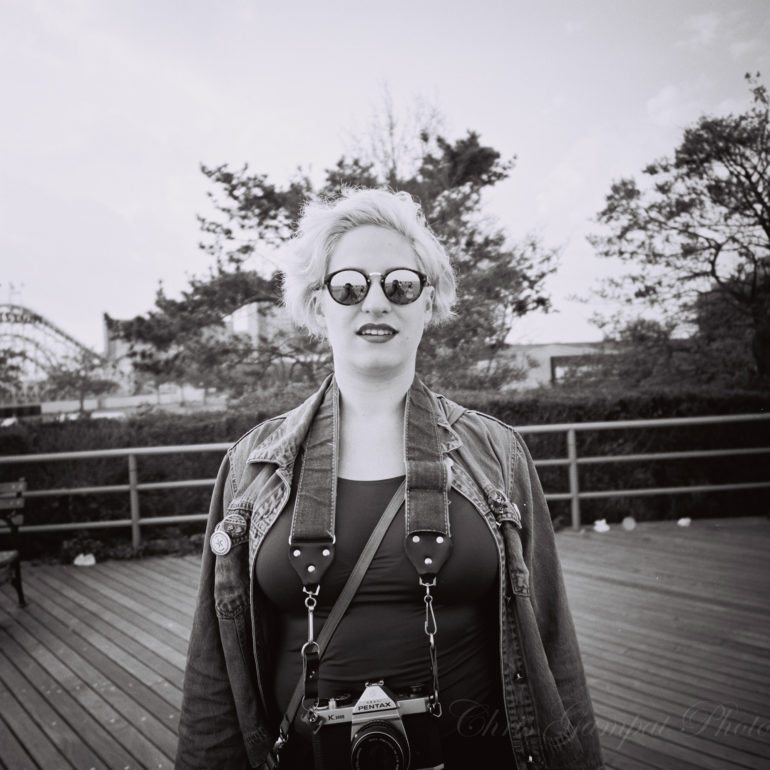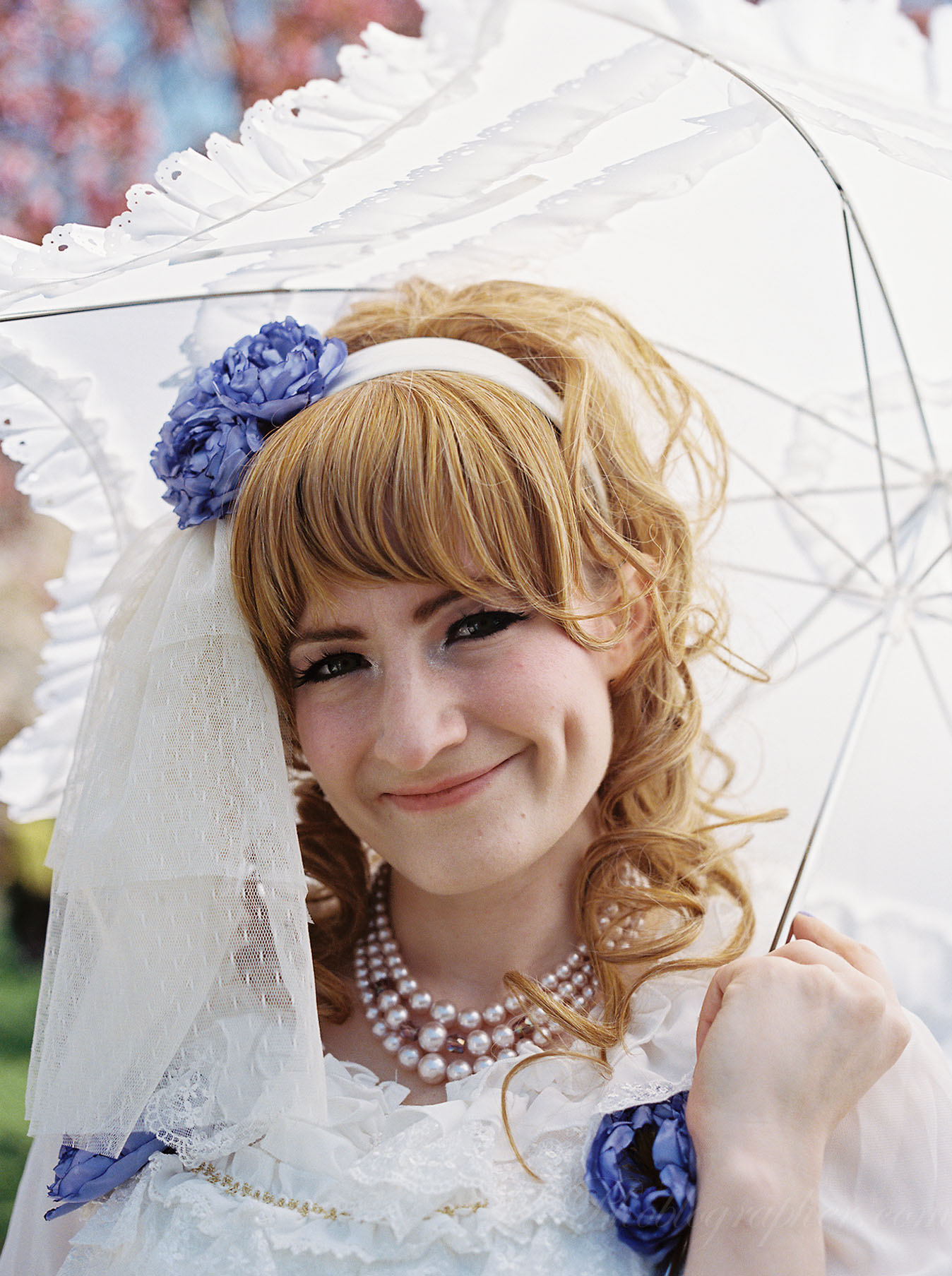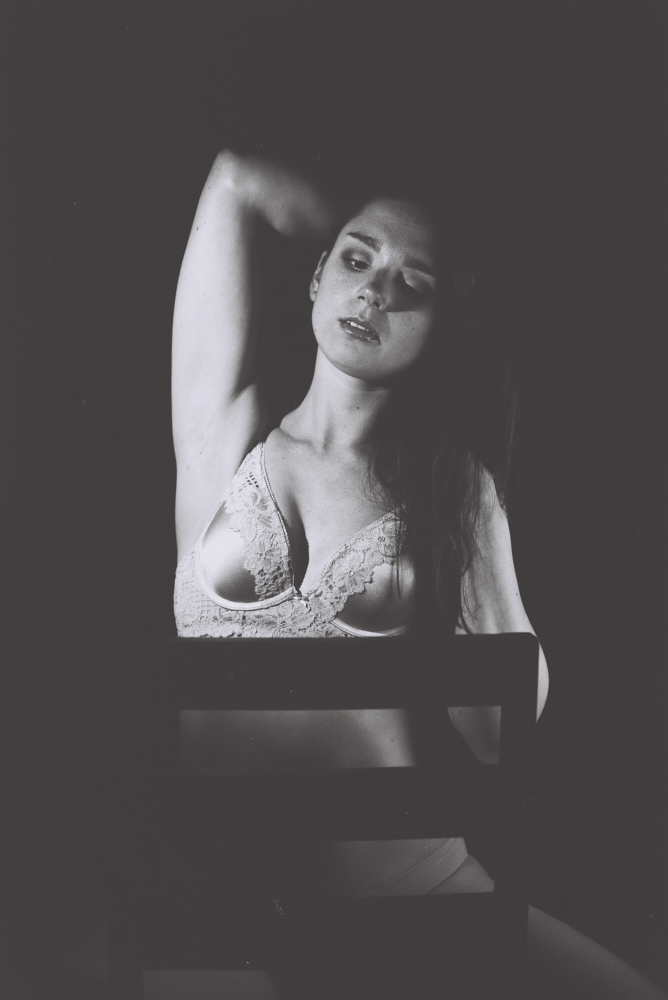Last Updated on 04/24/2017 by Chris Gampat
If you’re a photographer who has thought about getting into the medium format world, then congratulations: you’re ready to step up into the next level of creating better portraits. You see, medium format photography often forces photographers to think in a different way simply because the format is so much larger than traditional digital and film photography formats. Artistically speaking things can change. But more importantly, things change technically.
The Artistic Side of Portraiture
I know I just said that the artistic side of portrait photography changes, but it can also stay the same in many ways. Quite honestly, the artistic side of portraiture can stay the same or change no matter what format you have, but due to how medium format’s technical specifications and characteristics work, things can affect how you shoot and create photos artistically speaking.
I’m aware of how complicated that sounds, just pay attention though.
Sizes
To start with, I’m going address sizes in medium format. There’s the GX format which a lot of newer photographers are starting to get into and understand. But then there’s the more traditional film formats when it comes to medium format cameras and film. They are:
- 645: often joked about and poked fun at by many photographers though I personally do see how it can easily be respected.
- 6×6: Square format, a favorite of mine.
- 6×7: Fantastic for portraits
- 6×9: even better for portraits, though very difficult to use
Medium format is just like the digital photography formats in that a lot changes as you move up or down in size. For example, the depth of field at f2.2 changes when using your phone or using a Sony a7 series camera. The larger in size you get, the easier it is to make errors–and really big ones too.
With medium format digital the more modern cameras let you use very specific autofocus points. But older ones perhaps use one autofocus point and you then need to recompose your scene; very carefully at that. When you move the camera you could be throwing your entire subject out of focus. We’re going to tackle this more in a bit.
To start out with, you may want to use the 645 format. I used to use it, and I still really like it. Once you understand how that works, move up to 6×7. And if you find that to be difficult, then stick with it for a while. Otherwise, try moving up. But if you’re shooting portraits, I really recommend not going straight to the 6×9 format. For example, at f3.5 on a 6×9 camera, you’ll get the depth of field equivalent of f1.2 on 35mm. I’m about to explain this in more detail.
Lenses, Depth of Field, and Compression
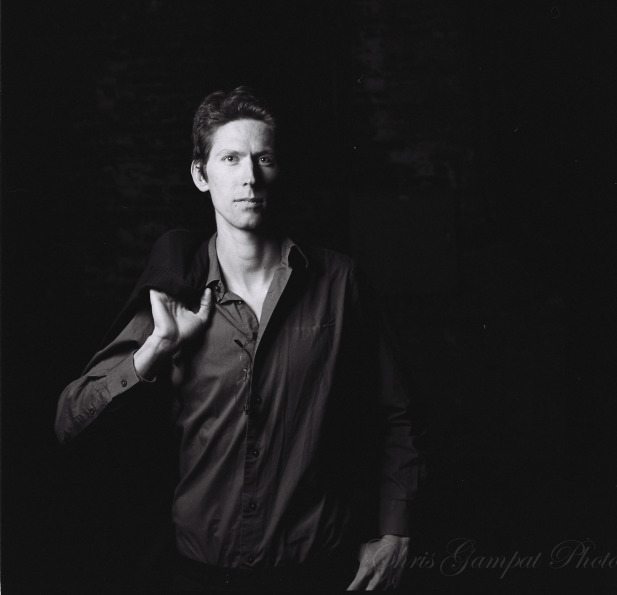
So what focal lengths should you get? Generally speaking, anything longer than a 60mm lens is good enough for portraiture both in the digital world and the film world. These lenses keep distortion down a lot and also give a photographer a fair amount of room to compose and create a decent traditional portrait. This equates to working with anything that is 50mm and longer in the 35mm full frame format.
Remember how I mentioned the depth of field changes as you go bigger? This should make sense. For example, f1.2 in Micro Four Thirds is the equivalent of f2.4 in full frame 35mm. Why? It’s partially to do with the 2x crop factor. But now with medium format, you’re getting bigger. So while you think that an f2.8 prime lens isn’t that fast, it’s fast in terms of medium format. In terms of use, that means a whole lot more when it comes to light gathering. You may really need to use a tripod, flashes, etc. You also may need to stop the lens down, shoot at a slower shutter speed, etc.
Think of it this way: You’re shooting a scene at 1/100th f1.4 and ISO 400. With medium format and because your lens is locked at f2.8, you’ll need to shoot at ISO 400, f2.8 and around 1/25th accordingly to let the same amount of light in. Then if you’re shooting film you may even want to rate the film at ISO 200 instead. So now you’re shooting a stop slower to maybe 1/12th. See how much more complicated that can become?
One of the other things you can do is use a Neutral Density filter to control the amount of light you get in and as another variable for exposures.
Again though, this isn’t meant to put anyone off. Instead, just embrace it as a challenge.


